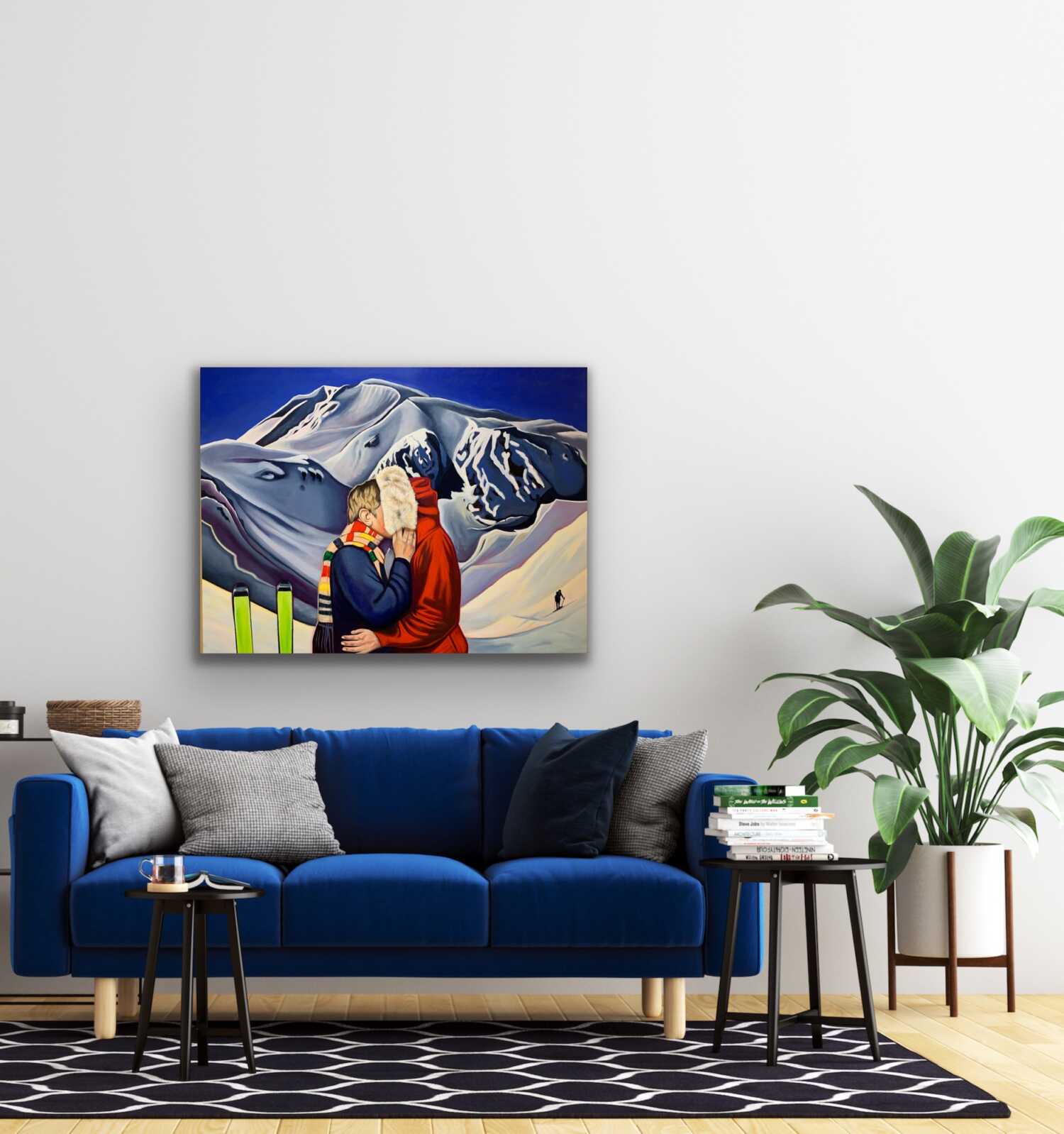
Art Advice: What Makes a Painting Good?
Maybe you learned this in college or university, what makes a painting good or an artwork successful. Perhaps it was that guided tour at the National Gallery or the Museum of Modern Art. These days it could even be that YouTube video tutorial or chat with an art advisor. Whatever the source there are three main ingredients that make a painting good, these are typically compositional elements such a focal point, colour choices, and movement. All great artists begin with these core rules, and then they work on freeing themselves from the rules. They become so entwined with their creations and their daily practice, through repetition, they can cut these ties and fly.
Even if you are not an artist or a designer, the eye is naturally drawn to things that appeal. For example, if you find beauty and comfort in symmetry, you will naturally be drawn to paintings that present these qualities. If you are a lover of bold colours and design, you will love the play between active colour combinations and golden ratios. If your soul seeks solitude, muted colours and paintings without representational form may make you linger.
There is a difference between ‘good’ painting and ‘bad’ painting, but in most cases, it is because the painting is lacking one of the three main ingredients in a successful composition. It also lies in the application of the paint, good paintings come with layer upon layer of colour to build depth. Typically, the simpler a painting appears, the more difficult it was to pull-off, not always, but in most cases.
Here are three paintings that illustrate these three main ingredients of focal point, colour choice and composition.
Focal Point: this is where the artist wants the viewers eye to begin, then the viewers eye takes flight and moves around the piece to discover and enjoy the full work in its entirety. You will also find that all lines created within the work lead back to this focal point. Sometimes I think of it in terms of reading a painting.
The Kiss: in this painting the focal point is the two central people and the point where they meet in a kiss. Then you will notice all lines leading towards the couple, as well you may even notice faces in the mountain peak behind that all seem to look towards the couple.
Colour Choice: an important ingredient to a great painting, the colour choices in a painting set the overall tone and feeling of an artwork, the number of layers or colour also affect the depth and richness in a painting.
When Polar Bears Fly: I am known for my saturated and pop art influenced colour palettes, my compositions burst with colour. Using so many vivid colours in one piece could be a disaster, but not if you understand how colours work next to one another. An orange next to a complimentary blue will cause a vibrational effect, adding a neutral or contrasting colour next to this will slow the vibration down or move it in another direction. I like to experiment with colours, sometimes pushing things to the limit. In this piece the cold teal icebergs pop off the warmth of the sunset horizon, the entire piece is about balancing cool tones with warmth to give light and enhance focal point of the piece. The icebergs began with an underpainting of warm yellow to make the icy whites pop. There are more than a dozen layers of colour in the piece.
Movement: beginning with the focal point, and using directional painting strokes, composition and colour, all come together to make a painting sing.
Raised in The Sky: this painting is one of my favourite pieces as it sings with movement thanks to directional lines that move from the top left corner of the painting to the bottom right. Almost like a great big letter ‘S’ the golden river leads your eye through the painting telling a story. There are directional painting strokes in the mountains flow differently than that of the river, or the Canadian geese in flight.
So, there you have it, three paintings illustrating essential elements of a good painting. Beyond this it is personal preference of the viewer, the eye of the beholder. The more you look at Art and the more you see Art in person, the more you will recognize what works, what appeals and what painting you absolutely must have in your collection. Many look for direction when it comes to buying a painting, but even ‘bad painting’ had it’s own art movement in the early 1970’s. In the end you are best off buying what you love.

Raised in The Sky – Canadian painting of sunset above the mountains with Canada Geese – Brandy Saturley
See more iconic paintings by Canadian artist, Brandy Saturley.


